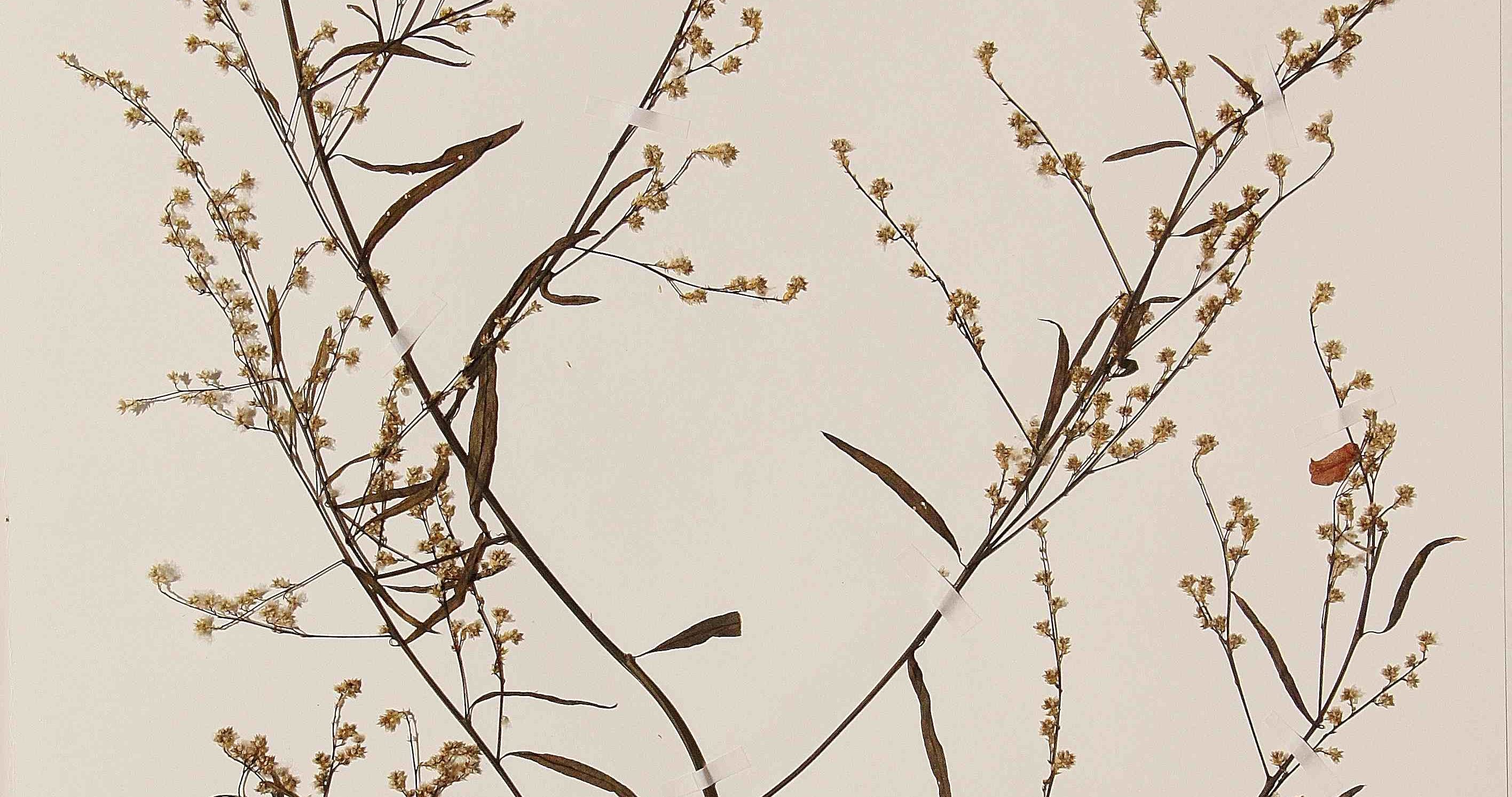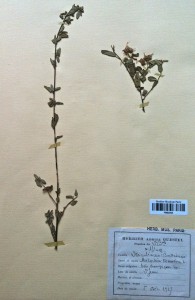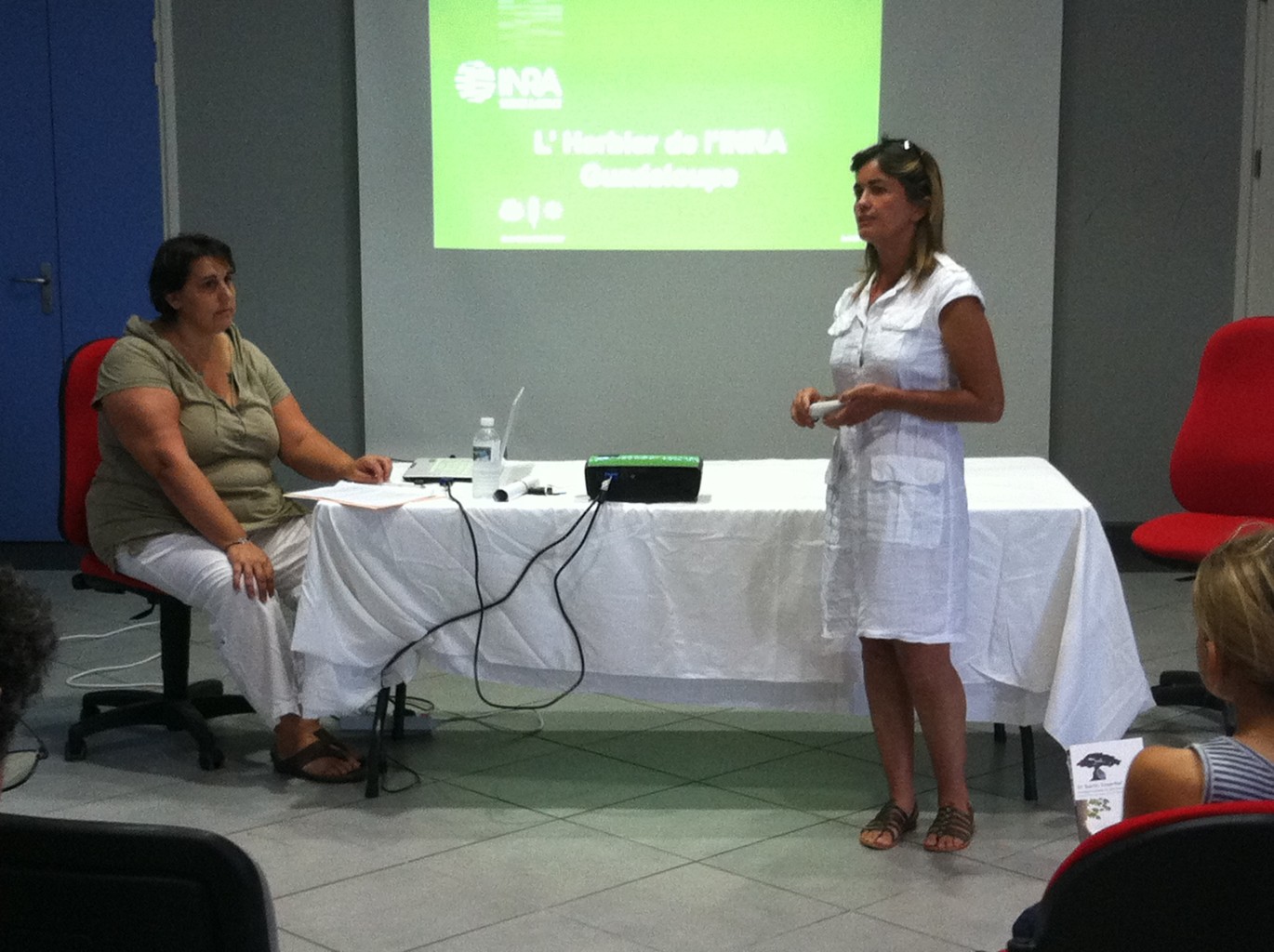THE HERBARIUM : a tool dedicated to the preservation of our biodiversity

After her April 19 visit to the junior high, we met with Anne-Marie Toussaint, on Saturday, April 20. A representative of the Heritage Collections (Herbier-entomology) at the INRA (an agricultural governemental department) in Guadeloupe, Toussaint participated in a conference discussing the herbarium of Guadeloupe, the largest in the French West Indies, and the new herbarium of Saint Barthélemy, which our association has initiated.
The herbier in Guadeloupe, referenced under the name GUAD and recognized on an international basis, was constituted starting in the 1970s under the aegis of botanist Jacques Fournet, a researcher at the INRA. This collection counts more than 13,600 specimens, corresponding to 2,282 of the 3,500 species found in the archipelago of Guadeloupe. The oldest sample, donated by MNHN (National Museum of Natural History) in Paris, is a fern dating from 1871.
In comparison, our herbier, initiated in 2011 by Hélène Bernier and botanist Claude Sastre, currently comprises 820 specimens, including 318 species of vegetation, of which at least 40 had not been identified in the past. Referenced by the name SB, it is still under construction, and a certain number of samples collected during various field trips are still being identified (see photo). The herbier is currently housed in a space made available to the association in the parking lot of the dispensary. A recent anti-insect treatment should help keep the plant specimens in the best possible condition.
While this herbier is the only one that currently exists in St Barth, it is actually not the first. The Swedes were actually our precursors, and their collection is housed in Stockholm. The herbier of the Museum of Natural History in Paris also comprises specimens from St Barth collected by Adrien Questel (see photo below).
The herbier is a great teaching tool that easily allows an understanding of the biodiversity that exists in a given location. As such, it is also an indispensable instrument for the study of biodiversity and regularly consulted by scientists in this field.




